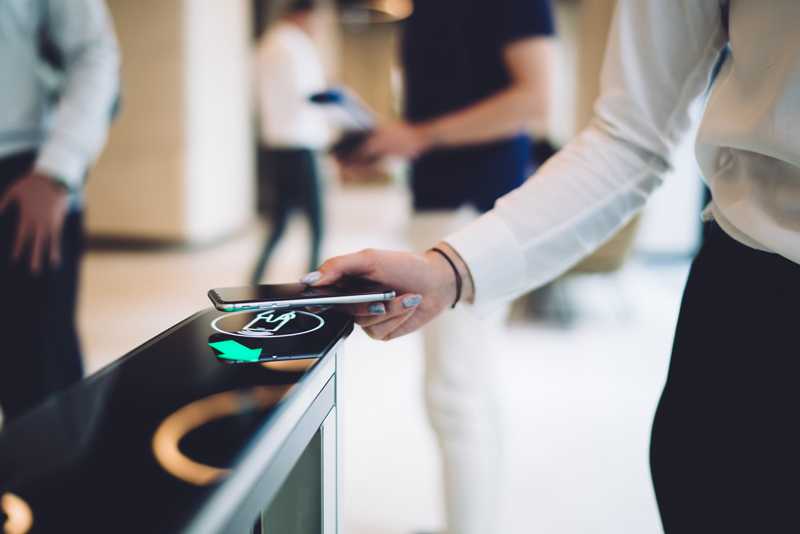
Axis Communications has announced its latest whitepaper “The digitisation and cyber security of physical access control” to highlight the benefits of implementing cloud-enabled physical access control systems (PACS), and to present a new vision of how such systems should be deployed and utilised in the Internet of Things (IoT) era. The whitepaper also explains that, while these technologies have the ability to help with many of the challenges faced by modern businesses regarding the security of their premises and safe flow of people, many businesses are missing out on these benefits due to barriers that are preventing adoption.
Most new systems make use of network connectivity, even if only for communication to alarm points, or for audit purposes. Therefore, cybersecurity considerations should be a key factor. As an integral part of any physical security solution, access control technologies should be manufactured according to recognised cybersecurity principles, incident reporting and best practices. It is important to acknowledge that the cyber integrity of a system is only as strong as its weakest link. A system which cannot be deemed secure impacts negatively on its ability to provide the necessary high levels of physical security for which it has been deployed.
John Allen, Business Development Manager, Access Control at Axis Communications, and co-author of the new whitepaper commented: “Suppliers have built up a strong business model around their expertise, service and knowledge of physical security. Yet, network connectivity and the IoT present a constantly shifting landscape, requiring the traditional physical security vendor and installer to learn the language of IT; of open platforms, IP connectivity and software integration, in order to adapt to market changes and remain relevant. Our latest whitepaper creates awareness of the challenges being faced and looks at how these issues can be remedied. The paper places emphasis on the necessary cyber hygiene requirements and provides a checklist for those considering a move to hosted access control solutions.”

